“This is a very chaotic process.”
Einar Ólason, Arctic Ice Is Getting Smoother and Moving Faster


“This is a very chaotic process.”
Einar Ólason, Arctic Ice Is Getting Smoother and Moving Faster
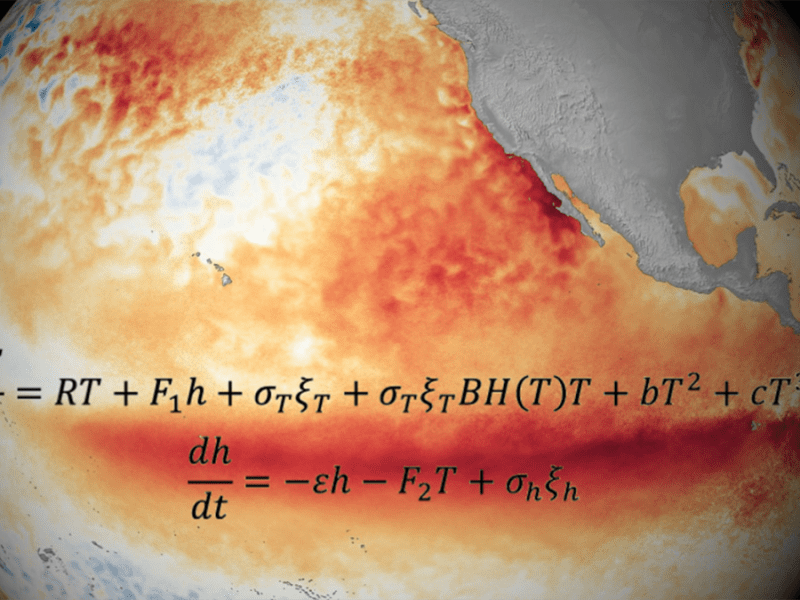
Despite the El Niño–Southern Oscillation’s global reach and complex ocean–atmosphere interactions across timescales, two simple, elegant equations capture its key dynamics and defining properties.
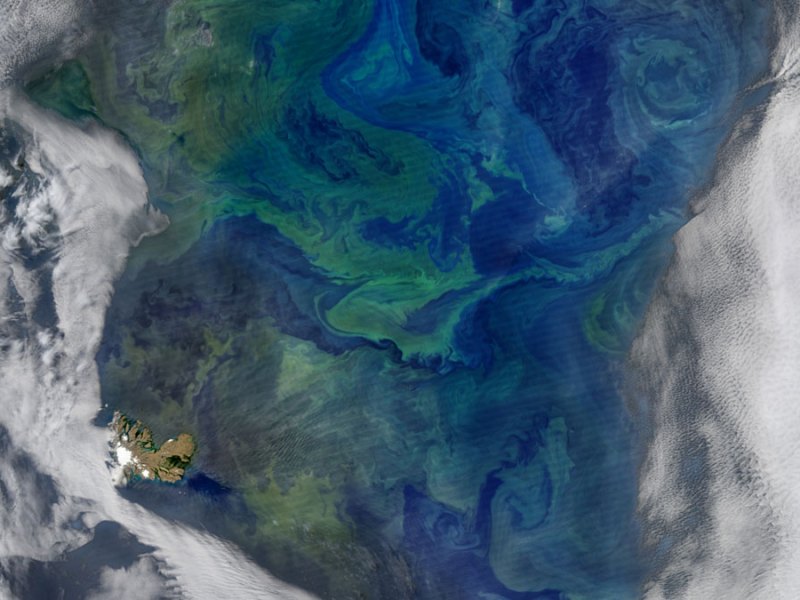
A modeling study shows how warm subtropical waters and cold Antarctic waters combine to form an Indo-Pacific water mass that plays a key role in Earth’s climate.
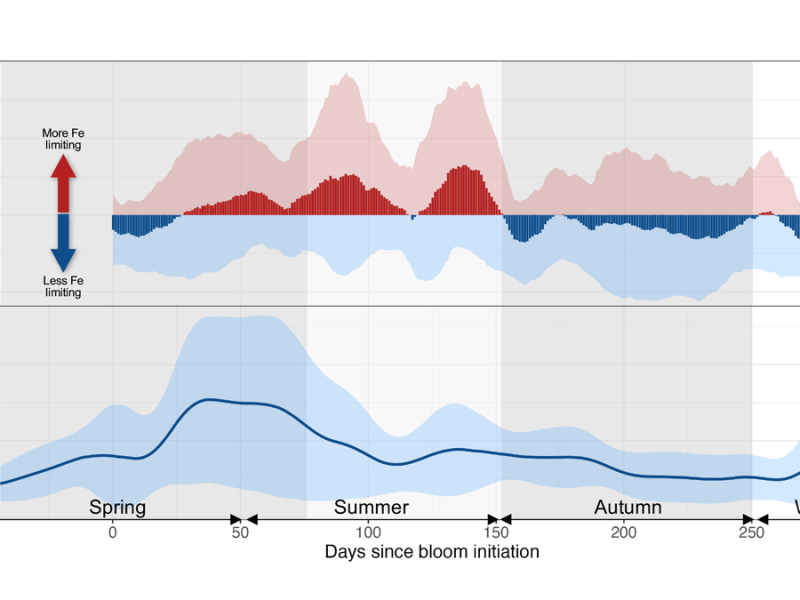
Long-term monitoring at a site in the subantarctic region south of Australia combined with ship-based observations reveals three distinct phases between cycles of phytoplankton productivity and dissolved iron.
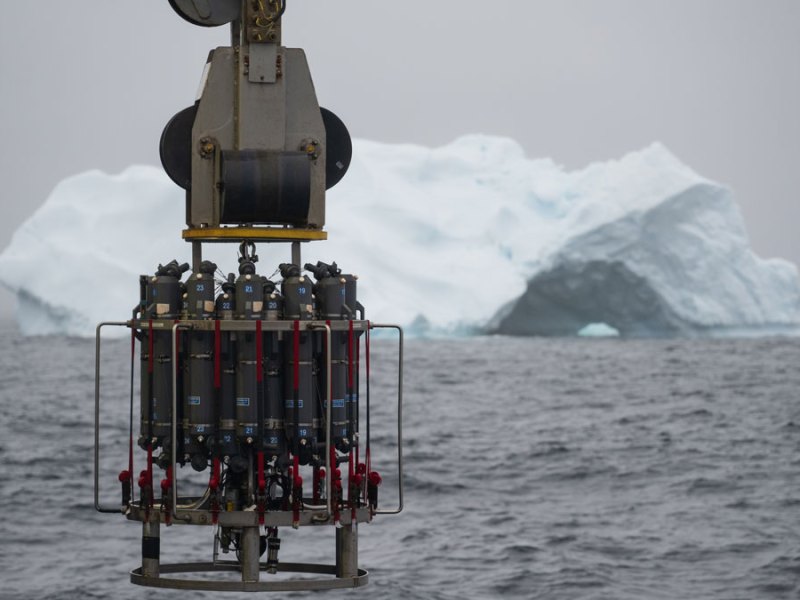
Glacial troughs in Antarctica promote mixing of warm and cold water, affecting global climate. A new study explores whether the same is true in troughs along Greenland’s coastline.
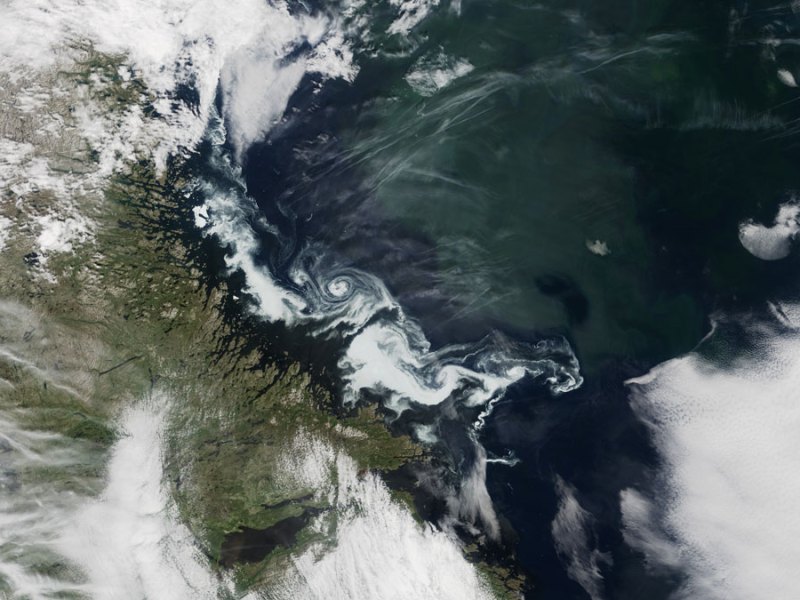
High-latitude variations in density, which appear to be driven by changes in atmospheric pressure, can propagate to midlatitudes and affect the current’s strength within just a year.
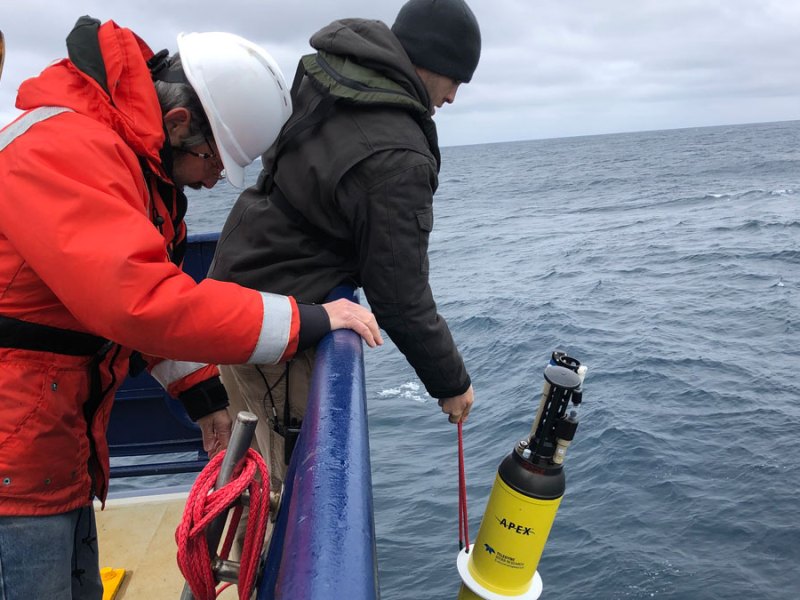
An estimated 2.69 billion tons of carbon are exported to the deep sea every year from the Southern Ocean.
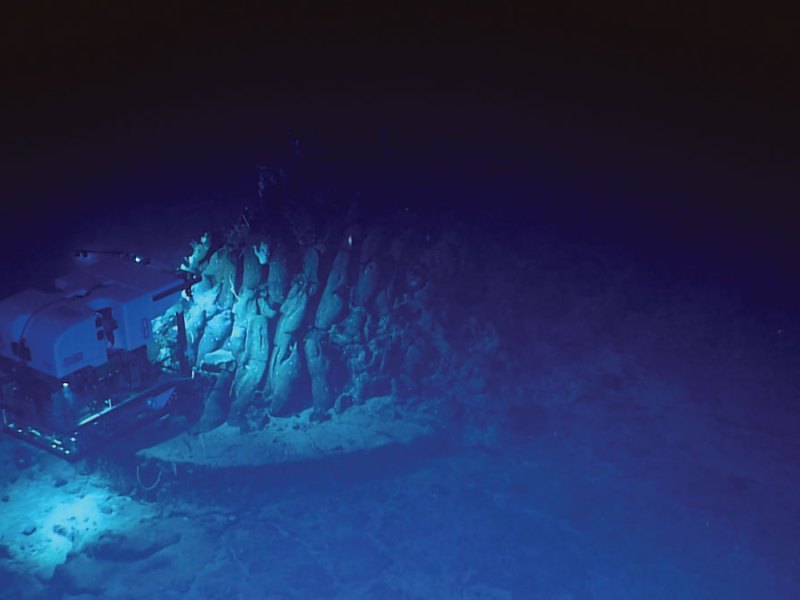
New generations of submersibles and retired stalwarts of the seas are helping scientists put the depths of the ocean at the tips of our fingers.

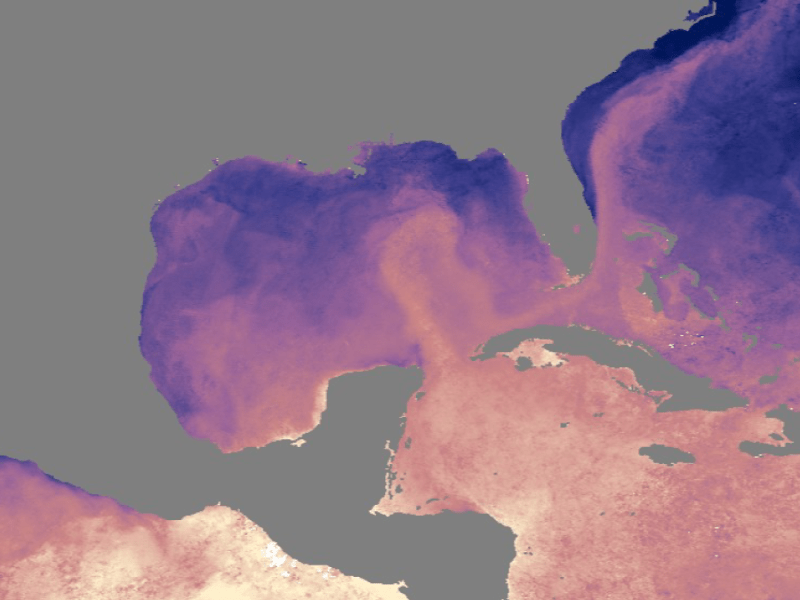
Multinational and multidisciplinary studies of the past and present of the Gulf’s Loop Current are helping to reveal what might be in store for coastal communities.
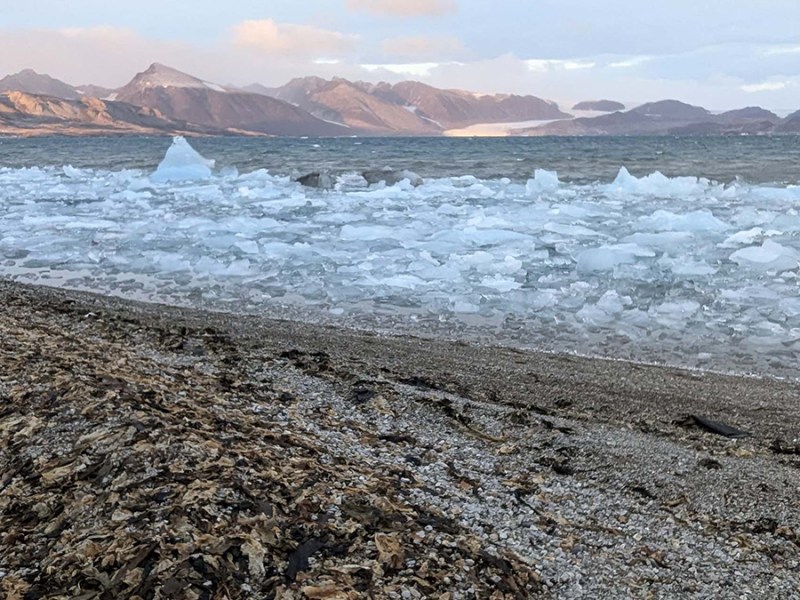
Climate change–accelerated seaweed growth could cause seaweed-dependent microbes to proliferate and consume more oxygen, leading to a rise in oxygen-starved zones.
Something went wrong. Please refresh the page and/or try again.